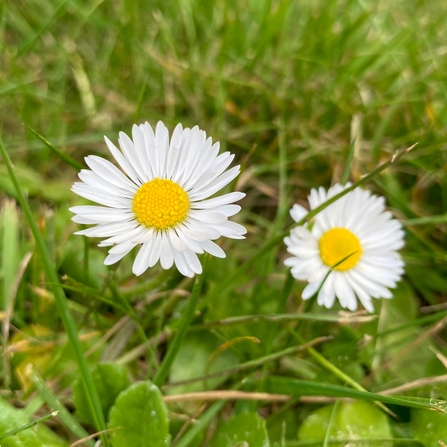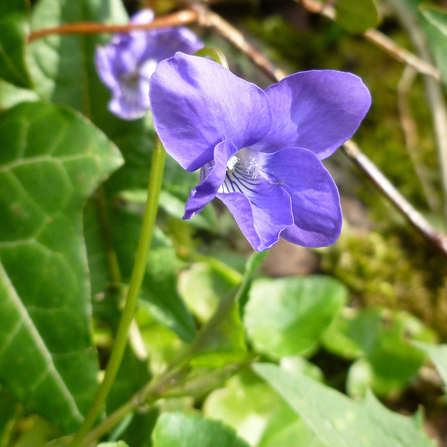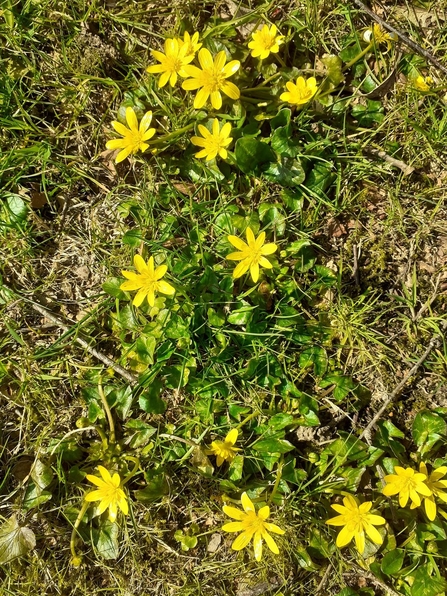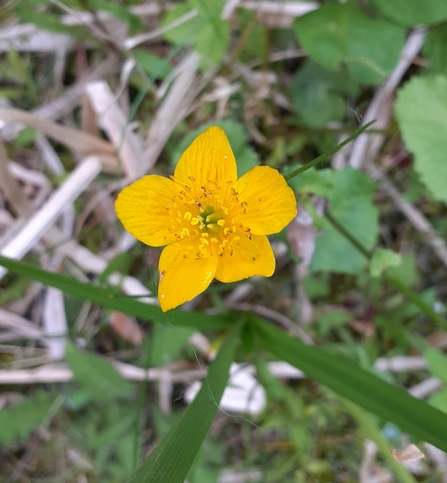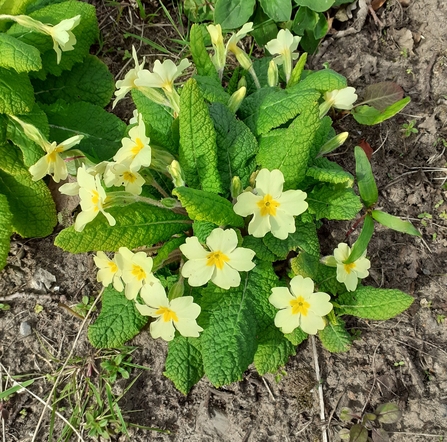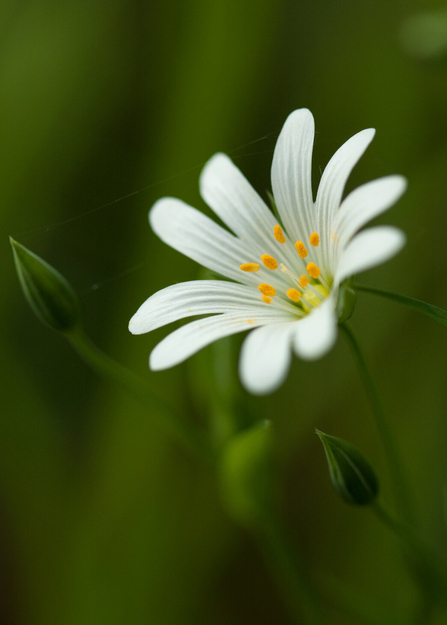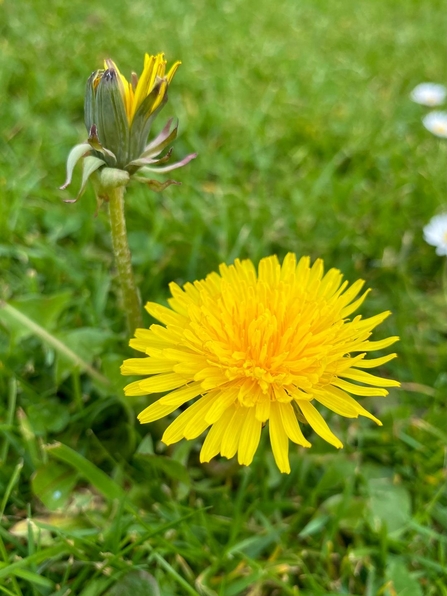
Dandelion 🇮🇲 Lus ny minnag
A common sight from March to October, these bright yellow flowers can be found in a variety of disturbed habitats, including, to the horror of some gardeners, the lawn. However, dandelions are an important early source of food for pollinators so why not leave some for the bees
Did you know, during the Second World War when coffee was very scarce, a substitute was made from the ground and roasted roots of dandelion?!


